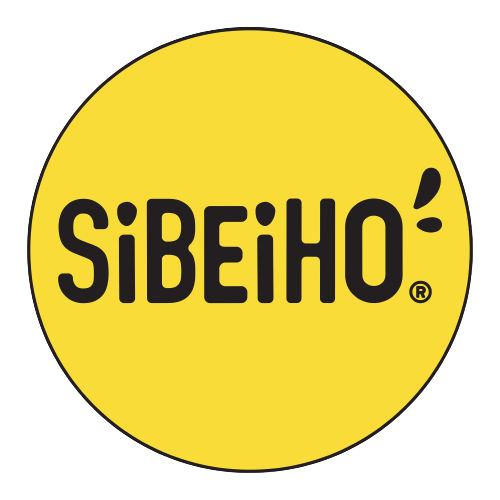May 27 2021 – admin

Bak Zhang 粽子 Adventures
One of the earliest memories I have of Ah-Ma was her prepping the kitchen to make Bak Zhang. It was a full 2-3 weeks of prep which started with asking the provision shop uncle for the jerry tin cans used for cooking oil. These cans would come in handy as they were deep enough to house the multitudes of Bak Zhang that would be made by the family production team. My small contribution was to pick off all the furry bits from the chestnuts that would form part of the savory filling.
Zong zi, 粽子 is part of the traditional foods the Chinese would eat during 端午节 Dragon Boat Festival (5th month of the Chinese Lunar calendar). The origin of this food is rather morbid. It commemorates 屈原 Qu Yuan, a famous Chinese poet and minister (approx 300 BC) known for his patriotism and contributions to classical poetry who throws himself into the river in despair upon hearing about the fall of his kingdom. The villagers threw rice dumplings into the river hoping the fish would not eat his body.
I’m not quite sure about the key learning for the historical story (Mom’s explained it as patriotism or something like that) but I do know that I always love to eat Ah-Ma’s Bak Zhang/ 潮汕肉粽/ Teochew style Rice Dumpling.
For the Chinese people, there are regional differences to what goes into the making of Rice Dumplings. There are sweet versions filled with beans and savory versions with waxed meats, pork, chestnuts etc. In Singapore too, we have Nonya Zhang made by the Pernakans, Kee Zhang made by the Cantonese Chinese and the Bak Zhang made by the Hokkien and Teochew Chinese. Whatever the filling, it is a rather laborious process to make them. Writing the next three sentences makes light the labor of love that goes into making each dumpling. The glutinous rice is soaked overnight before being lightly fried. Then there’s all the filling of dried shiitake mushrooms, pork, beans or chestnuts, dried shrimp to slice/cut/marinate/ fry lightly. All that before even assembling and then cooking.
Since moving to the US, I’ve been making them every year. To me, they are part of my homage to Ah-Ma for making sure I did my homework, keeping me out of trouble and giving me life skills in the kitchen that allow me to pursue a crazy dream here in Portland, Oregon.
Photo Credits on previous page @Mark Lau

Tagged: Cooking 101, SIBEIHO™ Kitchen Hacks, Singlish
